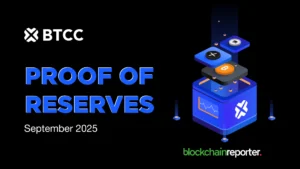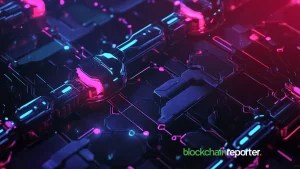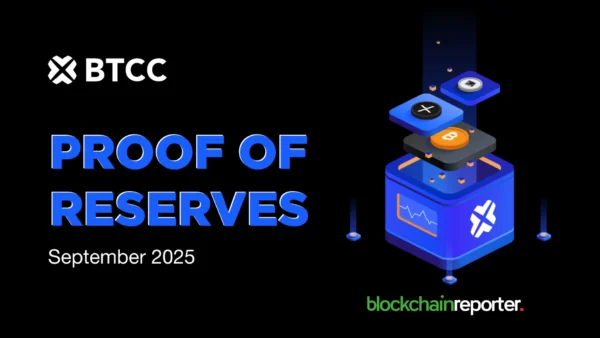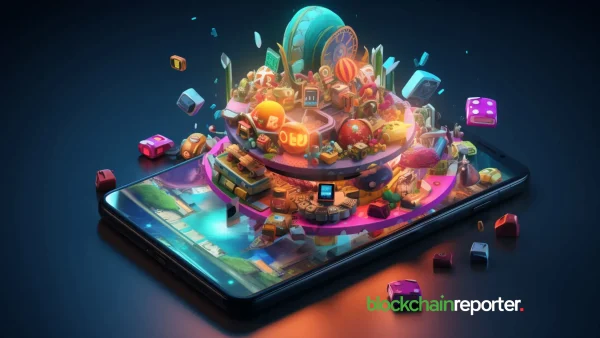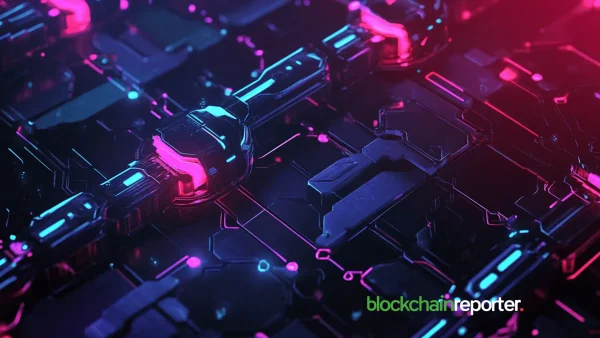
The term Web3 has gained significant traction across various industries, presenting itself as the next wave of innovation. Despite this, there remains skepticism within these industries about the true transformative potential of Web3. Will it merely repackage existing offerings with a new facade, or is it poised to usher in a truly groundbreaking era?
Before delving into our analysis and insights, a brief overview of Internet history is essential to provide context.
All About Web3
Web3 represents a shift towards decentralization, where users have control over the platform. This version of the web is built on crypto coins, blockchains, and NFTs, giving users ownership of their content and pushing for a more inclusive and interactive online experience.
Key Features of Web3
Web3 offers several unique features that set it apart from its predecessors and make it appealing to those looking for cutting-edge technology and innovation:
- Artificial intelligence & machine learning: User data is personalized to provide relevant and accurate information, promoting a more tailored user experience.
- Semantic web: Intelligent systems can interpret emotions and messages, converting them into valuable data for improved communication.
- Decentralized data storage: Information is stored in multiple locations, enhancing global accessibility and security.
- Connectivity: Users can access a vast amount of information across various devices, ensuring seamless connectivity.
- Security and trustless interactions: Web3 allows for direct interactions without the need for intermediaries, ensuring data security.
- 3D graphics: Immersive three-dimensional visuals enhance the user experience in games, content, and websites.
Web3 Ecosystem vs. Web3 Projects
Differentiating between Web3 projects and ecosystems is crucial. While Web3 projects offer limited interactions such as owning tokens and purchasing NFTs, Web3 ecosystems provide a more comprehensive experience. In ecosystems like Bets.io, features, mechanics, and blockchain products are interconnected, creating a dynamic environment that maximizes user benefits and engagement.
In conclusion, Web3 introduces a new era of the internet, emphasizing user control, security, and innovation. With its diverse features and interconnected ecosystem, Web3 offers a unique and engaging online experience for users.
Reasons to Make the Transition to Web3
- Web3 offers decentralization, which means that ownership of the platform and content is shared between builders and token owners, giving more control to users.
- Inclusiveness is a key feature of Web3, providing equal access to the network for all users without any exceptions.
- Native payments in Web3 utilize cryptocurrencies, independent of traditional banking systems, enabling users to send and spend money online without relying on third parties.
- Trust is not an issue in Web3, as the network operates based on precise mechanics rather than requiring access to user data or involving other organizations.
- Permanent ownership regulations in Web3 ensure that users fully own their purchases through NFTs, allowing them to trade or sell them to maintain their value.
- Blockchain data storage in Web3 enables users to retain their information on a blockchain, making it easier to switch to a different platform without starting from scratch in terms of reputation.
- Users can participate in collective decision-making through DAOs, tokens that function as platform shares and allow for influencing future changes across the network.
- Web3 provides secure digital identity, with each user having an Ethereum address that serves as a single login across all their digital media platforms.
In essence, Web3 represents a revolution in Internet technology, offering improved security, transparency, and ownership of digital content.
Challenges of Web3 Implementation
The concept of Web3 promises a revolutionary browsing experience that caters to the needs of both individual users and businesses. However, there are several hurdles that need to be addressed in order to make this technology more accessible and user-friendly:
- Steep learning curve – The complex interfaces, technical jargon, and fundamental differences between Web3 and its predecessors can be daunting for users who are not tech-savvy or are accustomed to traditional browsing. This can create a barrier for entry and hinder widespread adoption of Web3.
- High transaction costs – While Web3 itself is free to use, certain actions such as minting Ethereum NFTs can incur hefty transaction fees. This can pose a challenge for users from economically disadvantaged regions who may be unable to afford these costs, limiting their ability to fully participate in the Web3 ecosystem.
Overall, addressing these challenges is crucial in order to ensure that Web3 can reach its full potential and truly revolutionize the way we experience the internet.

